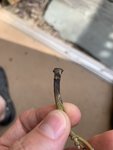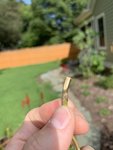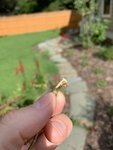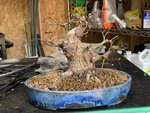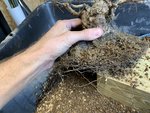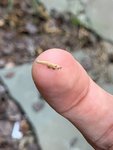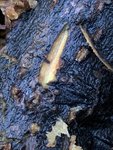very sorry to see this happening
@Lars Grimm
in the last photo that you just posted, the roots look too dark to me. do you have any picture(s) of the tree *before* you noticed any symptoms? maybe from this spring? or last fall? it would be nice to approximate how long the roots have been black like this for, just for the sake of discussion and clarity
when you first posted, like others my initial feeling was that the roots had completely, or almost completely failed (maybe from a day without water?) since the problem affected all of the leaves all at once, rather than in different areas. (it reacted in the same way that a branch does when you sever it from a tree, for example). but the black spots were throwing me off. now it seems like your roots have that same blackness.
edit: was it repotted this spring? (i.e. were the roots already compromised?)
i'm looking forward to seeing what conclusions our usual experts will arrive at with this new information!
and
@Leo in N E Illinois hasn't chimed in yet!


